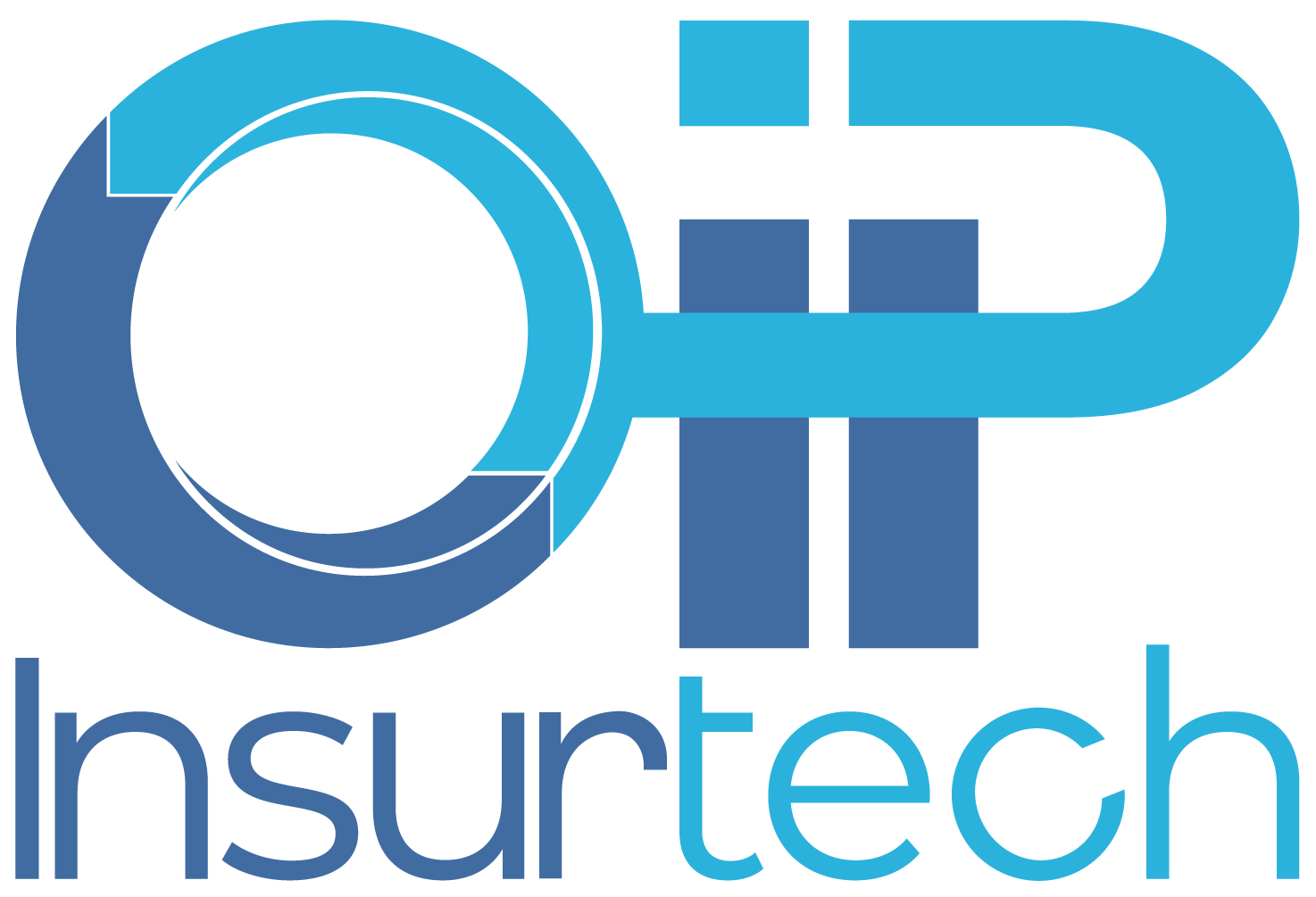Why AI Data Extraction Tools Are the Future of Insurance Business Efficiency
Insurance is an industry that runs on lots of data. Every submission, claim, and policy update generates new streams of information that must be sorted, understood, and stored. In an era where customers expect real-time quotes and swift claim resolutions, manually keying in details or scanning forms is slow and costs an insurer both time and trust.
Companies are under pressure to modernize, driven by rising competition, tighter regulations, and changing consumer expectations. That’s why more carriers, MGAs, and TPAs are turning to AI data extraction tools. By automating key tasks and eliminating repetitive bottlenecks, these solutions deliver faster results, enhance accuracy, and free insurance professionals to focus on more strategic work.
In this article, we’ll explore the role of AI data extraction tools in shaping the future of insurance business efficiency.
The data dilemma in insurance
Manual overload
Many insurers still rely on time-consuming, paper-heavy procedures. Adjusters and underwriters spend hours re-entering data from submissions, claims forms, and policy endorsements, increasing the risk of typos and delays. This repetitive work strains staff resources and slows down vital processes like quoting, binding coverage, or approving settlements.
Multiple document types
Beyond the sheer volume, insurers face a variety of formats and layouts, from standardized ACORD forms and loss runs to unstructured emails and handwritten notes. Trying to sift through this mix with manual methods is inefficient and prone to oversight, especially when crucial data points are buried in footnotes or complex coverage clauses.
The pressure to modernize
Customers and brokers now demand quick turnarounds and digital convenience, whether a simple quote or a multi-line commercial policy. Falling behind on these expectations can mean lost business and damaged relationships. Plus, regulators increasingly expect transparency and auditable workflows, making the cost of manual data errors more severe. As competitors adopt AI-driven automation, insurers stuck with outdated processes risk being left in the dust.

How AI data extraction tools work
Moving beyond OCR
Basic optical character recognition (OCR) has long been used to convert scanned images into editable text. While that helps with digitizing files, it does little to structure key data points. AI data extraction tools take it further by using machine learning and natural language processing to identify specific fields, recognize context, and sort documents by category.
Core tech: AI and ML
Modern solutions leverage trained algorithms that learn from real insurance documents. Each time the system processes a submission or a loss run, it refines its accuracy and classification logic. Natural language processing (NLP) pinpoints relevant phrases and sections—like “Named Insured” or “Loss Date” – across varying formats and layouts, eliminating guesswork for staff.
Intelligent handling
AI-based extraction not only reads text but also understands the document’s purpose. When integrated into an insurer’s core systems, the tool can route automatically extracted data to underwriting, claims, or other workflows, all without human re-keying. The tool adapts to different formats, whether it’s a handwritten supplement or a multi-page submission with attachments, ensuring crucial information flows directly to the proper channels.
Key advantages of AI data extraction for insurers
Speed and cost efficiency
By automatically capturing and categorizing data, AI-based extraction tools free underwriters, adjusters, and support teams to focus on high-value work instead of repetitive manual entry. This shift often slashes operational costs and cuts turnaround times for quotes, endorsements, or claims approvals. Faster processes also minimize backlogs, which is especially crucial during busy renewal seasons or catastrophic events.
Accuracy and compliance
Fewer human touchpoints mean fewer transcription mistakes, which goes a long way toward maintaining data integrity. Reliable audit trails track each step of the extraction process—when a document was scanned, who accessed it, and how it was labeled. This level of detail helps insurers meet stringent data privacy rules and proves indispensable during regulatory checks or internal audits.
Scalability
Insurers regularly deal with surges in applications or claims, whether a mid-year rate revision or a hurricane making landfall. AI tools can ramp up automatically as volume increases, handling large spikes in document traffic without requiring a temporary army of new hires. Even smaller teams can process high volumes of policies and claims swiftly, supporting growth without sacrificing quality.
Enhanced customer experience
Today’s policyholders expect quick, digital interactions. AI extraction speeds up every step of policy servicing—from initial submission to final billing—leading to faster responses and fewer customer complaints. A streamlined, tech-enabled process wins loyalty by showing clients their insurer values efficiency, accuracy, and ultimately, better service.
Real-world insurance use cases for AI data extraction tools
Underwriting
AI data extraction drastically reduces the time it takes to review applications and input details, making quote generation faster. Underwriters get submission data sooner—cleaned, sorted, and formatted—so they can quickly assess risks, apply discounts or surcharges, and issue initial rates. This cuts the typical back-and-forth that comes from incomplete forms or missing details.
Claims management
When claims arrive with pages of supporting documents—like police reports, medical bills, or repair estimates—AI quickly extracts essential information. Adjusters can see validated data almost immediately, enabling faster investigations and more accurate settlements. Insurers can also reduce escalations caused by delayed or lost paperwork.
Policy updates and endorsements
Endorsements often involve changes in coverage limits, named insureds, or additional clauses. Instead of manual re-entry across multiple systems, AI data extraction identifies the modifications and updates them in core applications. Whether you’re adding an extra driver to an auto policy or amending commercial property schedules, the process becomes more streamlined and less prone to errors.
ETL and legacy system integration
For insurers still running on older platforms, migrating data to modern policy administration systems can be a mammoth task. AI-based extraction can automate much of this heavy lifting, such as reading fields from legacy databases, PDFs, or even handwritten documents. Once captured, the information flows seamlessly into new or cloud-based systems, cutting the typical headaches of a large-scale data migration project.
Breaking down barriers to adoption
Legacy infrastructure
Many insurers rely on systems built decades ago. Even if they’ve partially digitized, they may lack APIs or modern data interfaces. AI data extraction offers a middle ground—tools that connect via RPA or other integrations—allowing organizations to automate tasks without launching a massive replatforming project.
Internal resistance
Introducing any new technology means changing established workflows. Some teams worry that automation may undermine their roles or require them to learn complex software. In practice, AI data extraction tools often need minimal employee oversight, and training can be rolled out in phases. As soon as staff recognize the time saved and the reduced likelihood of errors, skepticism usually fades.
Regulatory demands
Insurance remains a heavily regulated industry, and each region has its own data protection laws. Automated solutions must therefore log activities, validate data accuracy, and create a reliable audit trail. Fortunately, many AI extraction platforms include built-in compliance checks or allow custom rule-sets to ensure conformance with local regulations.
Where OIP Insurtech fits in
Even the best software struggles if the team behind it lacks true industry knowledge. OIP Insurtech stands out by combining tech expertise with frontline insurance experience, ensuring workflows don’t just look efficient—they actually deliver real-world results. From handling legacy platform connections to setting up compliance-friendly automation, our approach reduces friction and prepares insurers for the next stage of transformation.

How NT Extractor helps
Introducing an AI data extraction tool is one thing, but ensuring it works seamlessly within insurance-specific workflows is another. That’s where OIP Insurtech’s NT Extractor stands out. It’s built on the premise that technology alone won’t fix operational bottlenecks unless it’s guided by people who truly know the insurance business.
Speed and accuracy in action
NT Extractor leverages robust machine learning to process submissions, claims forms, and policy documents in near real-time. Underwriters or adjusters see data fields accurately populated with minimal human intervention—often at 99% accuracy or higher. By drastically cutting the need for manual entry, teams can focus on the decisions that require their expertise.
Seamless integration
One of the biggest hurdles in upgrading insurance systems is connecting new software with existing platforms. NT Extractor accommodates both API-based integration for modern systems and RPA for legacy ones, ensuring you don’t have to redo your entire tech stack just to reap the benefits of automation.
Built by insurance people
Many startups pitch disruptive tech without fully understanding the complexities of risk mitigation, regulatory compliance, and real-world underwriting decisions. NT Extractor differs by incorporating firsthand insights from professionals who’ve spent years on the desk, processing real submissions and claims. That background shapes a tool designed to handle insurance challenges—not just generic data extraction.
Future-ready approach
While NT Extractor streamlines day-to-day operations now, it also lays the groundwork for the next wave of AI-powered advancements. Whether you aim to integrate predictive analytics, risk scoring, or other advanced capabilities, having structured, accurate data at your fingertips is the first step toward modernizing your entire insurance ecosystem.
Final verdict
AI data extraction is no longer a futuristic add-on, it’s becoming the backbone of modern insurance operations. Insurers that adopt these solutions stand to benefit from significant cost reductions, quicker service, and more robust compliance. As the market grows more data-driven, having an automated, accurate method of capturing information is vital for staying competitive.
- Reduced manual labor: AI data extraction replaces tedious, repetitive tasks, letting underwriters and adjusters focus on complex decision-making instead of data entry.
- Faster turnaround: Quick, automated processing of forms and submissions accelerates quoting, policy updates, and claims settlements – enhancing customer satisfaction.
- Improved accuracy and compliance: Fewer human errors mean more accurate pricing, smoother audits, and a stronger track record with regulators.
- Scalability and integration: Whether you’re dealing with legacy systems or modern platforms, flexible deployment options let you process higher volumes without a massive tech overhaul.
- Industry expertise matters: Tools built by people with firsthand insurance knowledge ensure automation aligns with real-world processes, not just theoretical models.
- Industry expertise from OIP Insurtech: Our frontline insurance experience ensures solutions that genuinely address day-to-day challenges.
- NT Extractor: Built by people who understand the business, NT Extractor delivers speed, accuracy, and straightforward integration for your most complex workflows.
Want to learn more? Send a message to our team and see how OIP Insurtech and NT Extractor can reshape your insurance operations.

